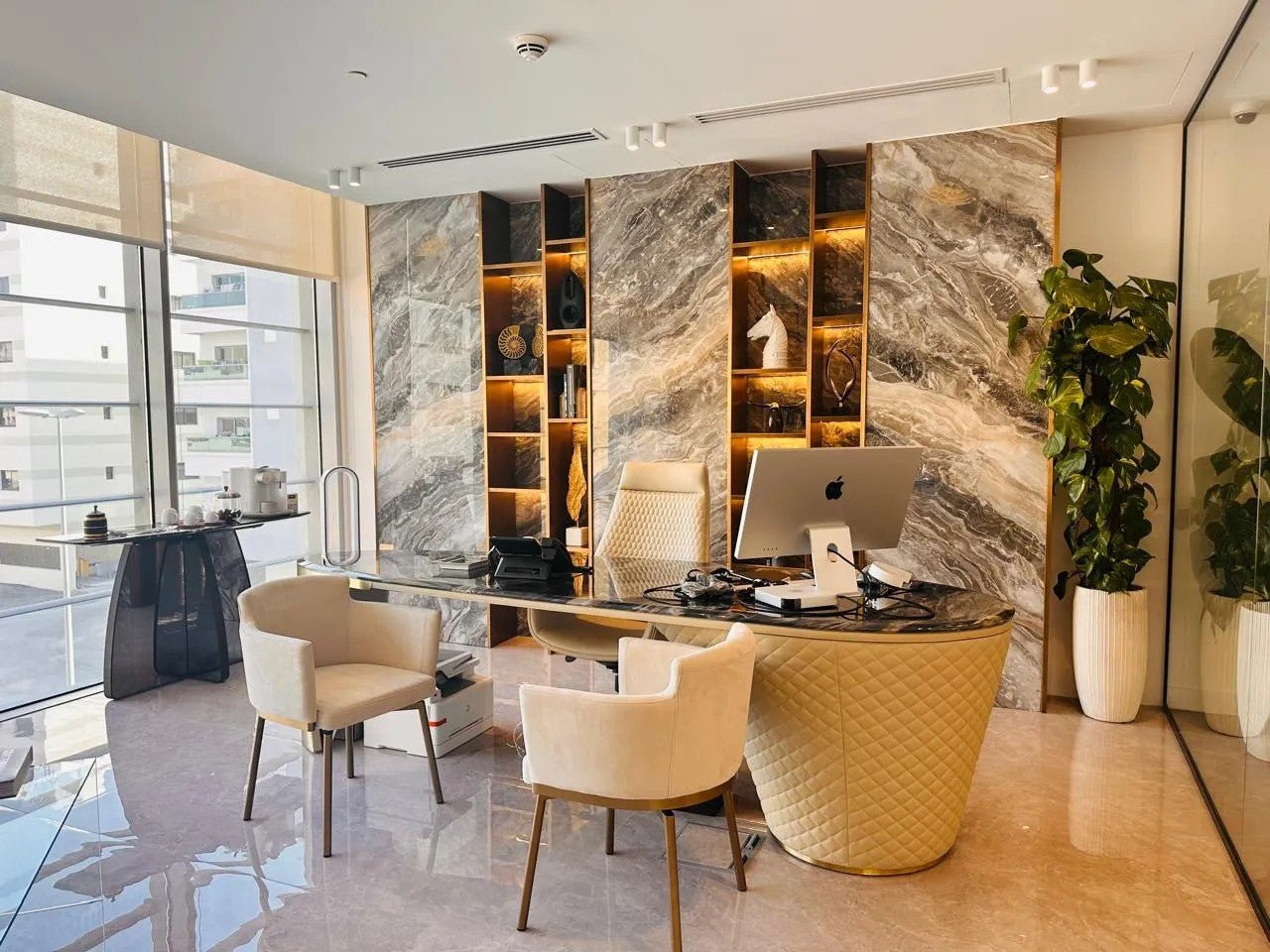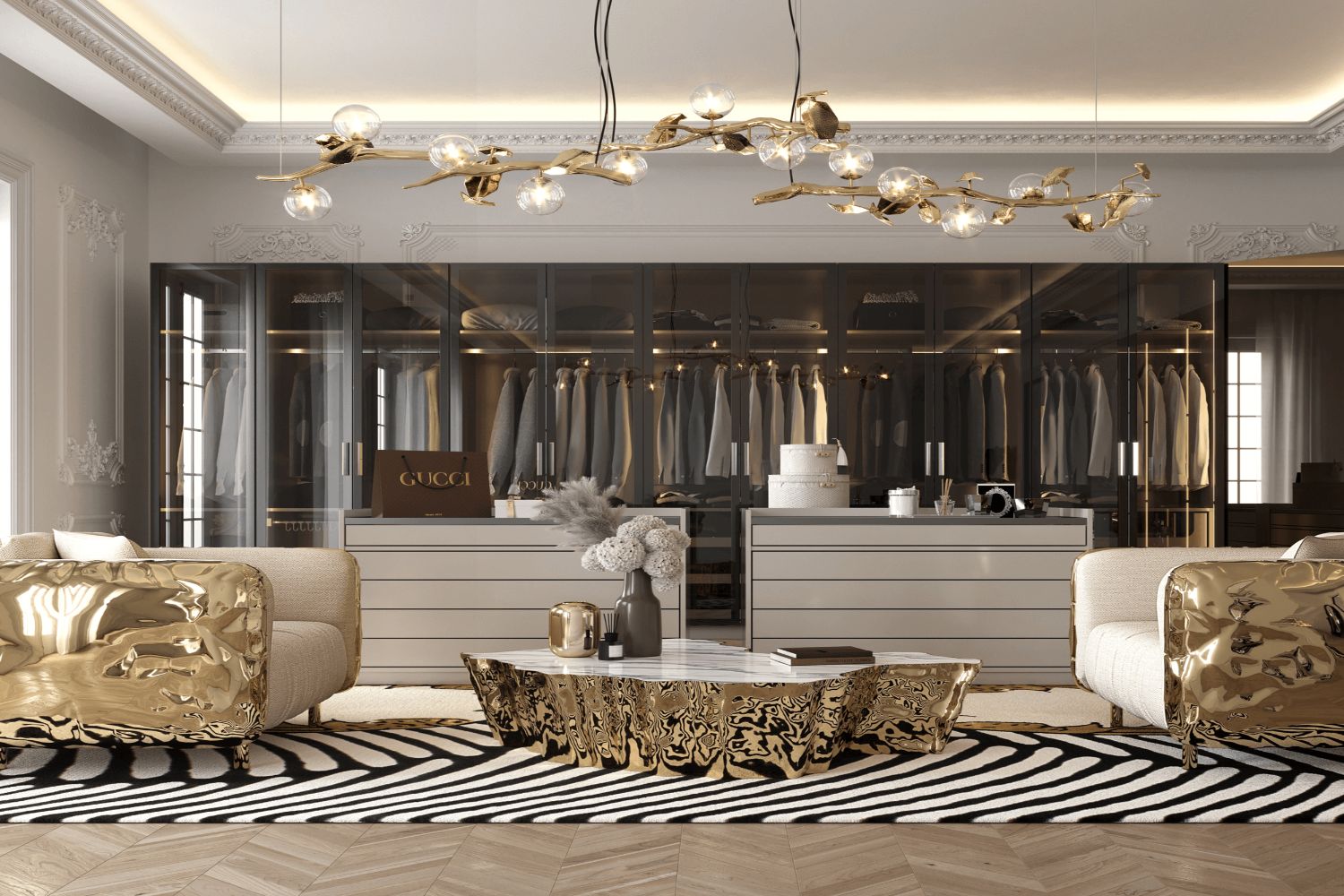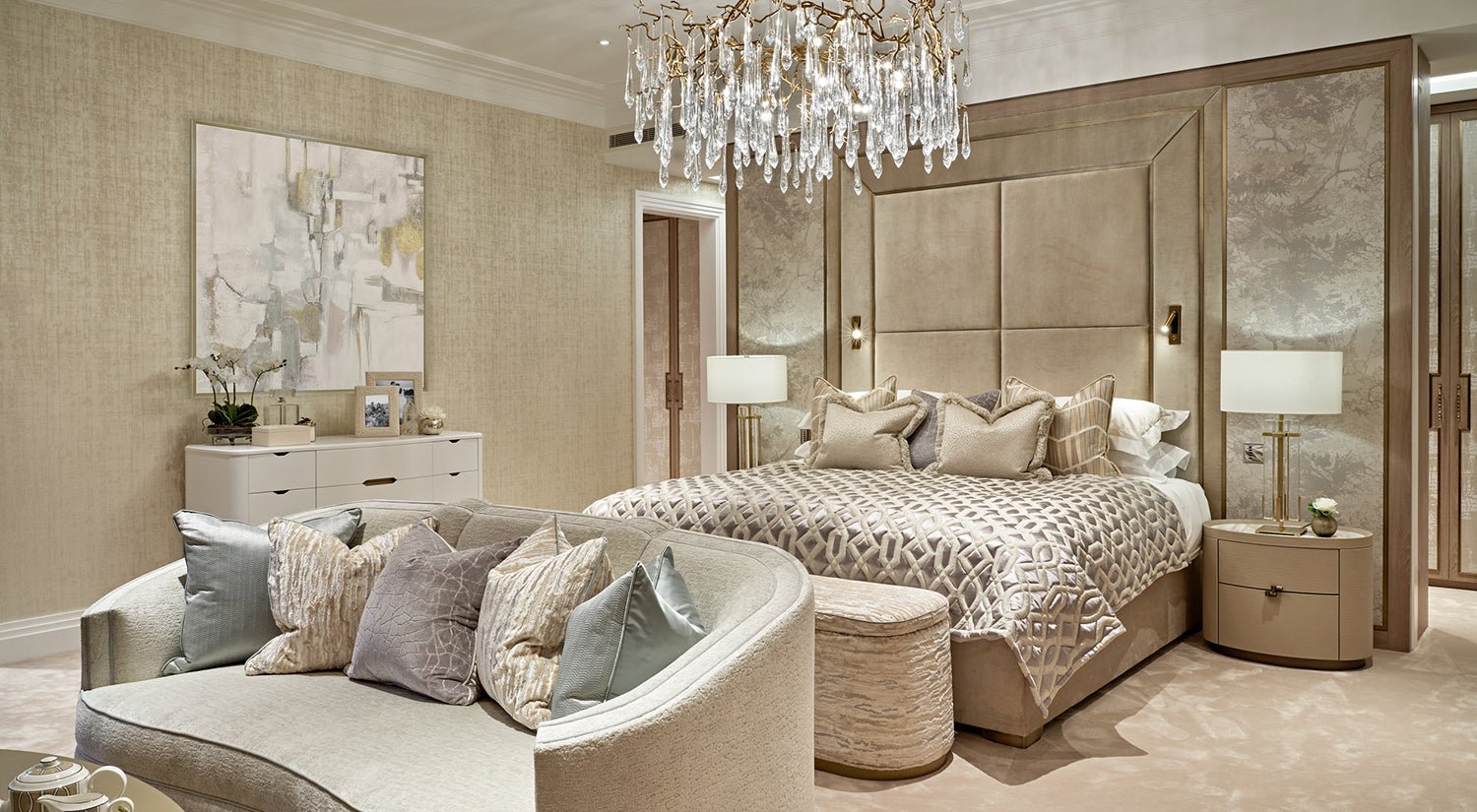In a world where design trends shift as quickly as social media feeds refresh, identifying truly exceptional home furniture has become both an art and a science. With over twenty years spent curating high-end collections for discerning clients, I’ve witnessed design philosophies evolve—from the finesse of Italian craftsmanship to the purity of Scandinavian lines. Yet amid these changes, a few core principles persist—ones that transcend borders, trends, and passing fads.
Especially in a market like Dubai, where global styles collide with refined local preferences, understanding what elevates a piece from merely expensive to genuinely exceptional is more important than ever. Let’s take a closer look at what truly sets apart luxury furniture in this era of aesthetic overload.
A Resurgence of Artisanal Integrity
The most meaningful evolution in high-end furniture today isn’t about appearance—it’s about intent. We're seeing a definitive shift back toward authentic craftsmanship, not as a trend but as a philosophy.
Discerning buyers in Dubai are no longer drawn to extravagance for its own sake. Instead, they’re seeking furniture with a story—pieces where the maker’s touch is evident not through opulence but through subtle mastery. It could be the quiet elegance of a hand-cut joint or the refined grain of responsibly sourced timber.
For today’s collector, luxury lies in provenance. Whether it’s a fifth-generation cabinetmaker preserving age-old techniques or a boutique workshop committed to ethical sourcing, these narratives have become integral to a piece’s value.

Embracing Material Authenticity
Genuine luxury doesn’t hide behind flashy surfaces—it reveals the true nature of its materials. There’s a growing appreciation for what’s known as material honesty: a design philosophy that champions authenticity over artifice.
In practice, this means celebrating the inherent character of materials rather than masking them. A marble tabletop, for example, isn’t valued for uniformity, but for the unique veining that speaks to its geological history. The best manufacturers today let materials breathe, shift, and age naturally.
Dubai’s design-aware clientele increasingly favour pieces that evolve with time—brass that acquires a rich patina, leather that develops personality with use, and wood that matures in both tone and texture. This long-view approach to materials signals a deeper understanding of what luxury truly means.

Functional Innovation That Endures
Technology has permeated nearly every facet of modern life, but in luxury furniture, the integration is becoming more intelligent and discreet. The era of flashy gimmicks—like built-in coolers or theatrical pop-up features—is giving way to meaningful innovation.
Leading furniture collections now offer subtle enhancements: dining tables that charge your devices wirelessly, cabinetry with motion-activated lighting, and seating that self-regulates temperature without drawing power. These features serve the user quietly and efficiently, prioritizing function over flair.
The key differentiator? Longevity. I always urge clients to think long-term. Can a mechanism be repaired in ten years? Are spare parts available? Innovations should enhance—not undermine—a piece’s timelessness.

Design for Dynamic Living
As homes become more fluid in their use of space, the best luxury furniture adapts accordingly. The idea that quality equals bulk or permanence is outdated. Instead, versatility and adaptability now define elegance.
Modern modular designs have evolved from compromise to craftsmanship. The best systems offer seamless integration, consistency in materials, and the ability to change configurations without sacrificing aesthetic harmony.
Dubai’s residential landscape—from sprawling villas to urban penthouses—demands this flexibility. Furniture that transitions effortlessly between settings without appearing temporary is a testament to thoughtful, contemporary design.
The Understated Power of Proportion
While it's rarely spotlighted in glossy catalogues, proportion is the silent cornerstone of great furniture. It governs how a piece feels—whether it puts you at ease or leaves something subtly off.
Exceptional manufacturers use time-tested ratios, like the golden mean, but reinterpret them for modern environments. This attention to dimension ensures not just visual balance but also ergonomic comfort.
When a console feels weightless despite its density or a lounge chair cradles you without engulfing, that’s the result of precise proportioning. It’s an invisible art that separates enduring design from fleeting showroom appeal.

Final Thoughts: True Luxury Lies in Discernment
In a world eager to crown the "it" colour or the next style wave, true luxury remains rooted in enduring principles. Exceptional home furniture isn’t acquired through trend-hopping, but through careful curation and deep understanding.
For those navigating Dubai’s design-rich landscape, this means going beyond brands and price tags. It involves collaborating with makers and advisors who prioritize substance over spectacle—who understand that the most meaningful luxury is not immediate visual impact but the quiet satisfaction that unfolds over time.
Ultimately, the real privilege in today’s design world isn’t unlimited budget—it’s cultivated taste. Recognizing quality, provenance, and purpose transforms the act of furnishing a space from consumerism into connoisseurship. And in doing so, it turns a house into a sanctuary.





